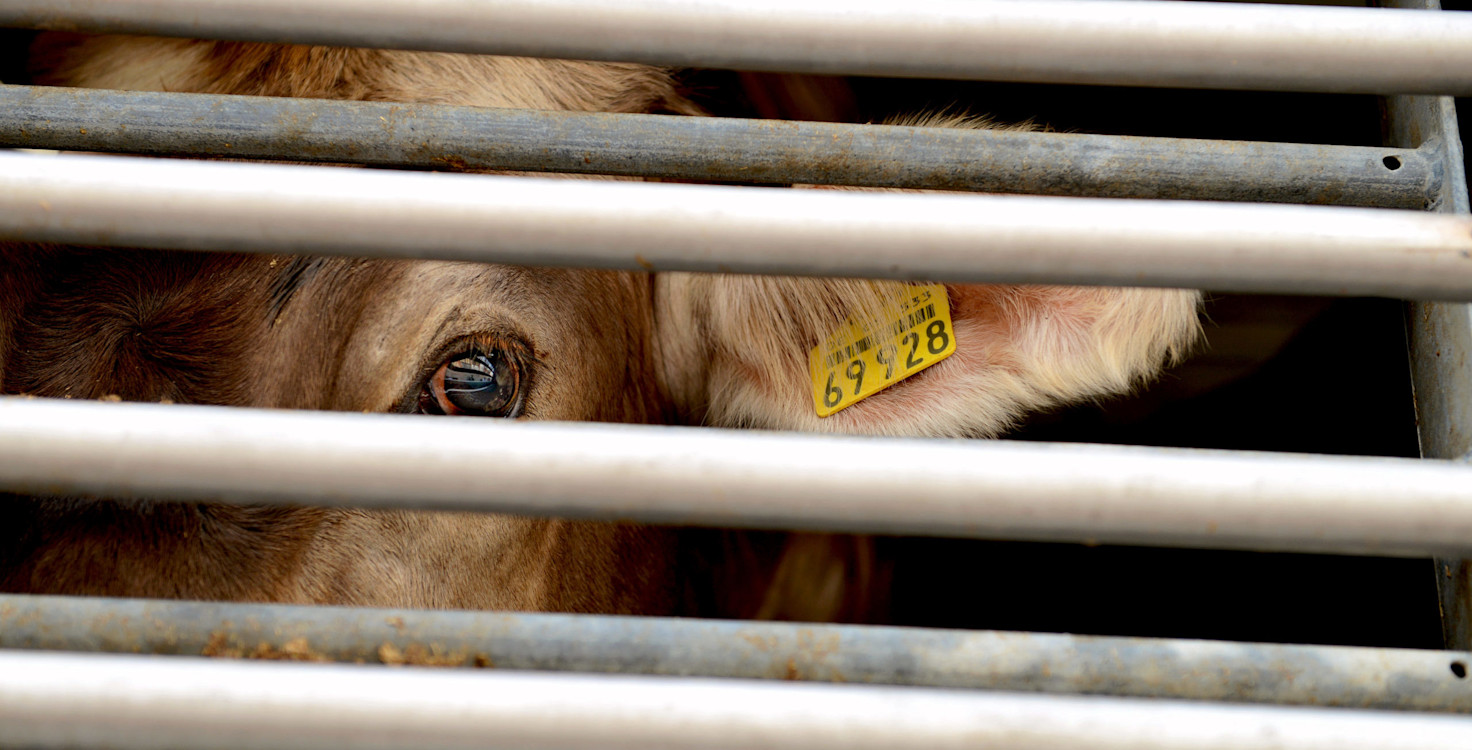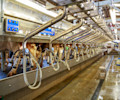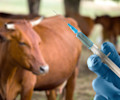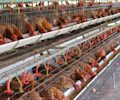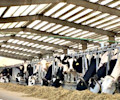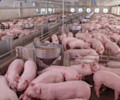Wednesday, 2 September (New Zealand) – the Gulf Livestock 1, a livestock carrier with 43 crew members and 6,000 cattle on board, sank off the coast of Japan. At least 40 people and 5,800 cattle are believed to have drowned. This is not the first time a live export ship has sunk and sadly, it is unlikely to be the last.
Over the years, the live export trade has seen numerous animal welfare scandals and reports of unsafe ships. Such incidents have led to the decline of this outdated industry and it has, in effect, become a stranded asset. With it now facing greater regulation worldwide, investors and lenders will have to carefully consider the operational and regulatory risks that this industry poses.
Thin Profit Margins
Shipping livestock around the world is a costly operation that only has a marginal effect on a company’s profit margins. A dairy enterprise in Australia, for example, calculated the gross margin per kilo of milk solids at AU$3.52 with live export, and AU$3.21 without it. According to Roger Fletcher, the Managing Director of Fletcher International Exports, the trade could only exist “because it was heavily subsidised by their governments” and even then, it was reliant upon old fleets and poor welfare standards to keep it commercially viable.
Old Fleets
Mortality figures in the live export trade are not widely available given that only a few countries, such as Australia and New Zealand, require them to be publicly reported. For this reason, many reports are only published in the media, even though there are major cases annually.
One likely reason for this is that livestock carriers tend to be some of the oldest in the industry and they are often poorly maintained. In an interview with the Maritime Executive, Dr Adam Kent, Maritime Strategies’ Shipping Analyst, notes that the majority of livestock carriers were originally containerships, car carriers, reefers and oil tankers – which raises the average age of a fleet ship to around 35 years.
It should, therefore, be little surprise that the UAE-owned Gulf Livestock 1 stalled following an engine failure and, consequently, capsized when hit by a powerful wave.
Given the relatively low-profit margins, purchasing new ships would be financially infeasible, especially considering that regulation related to livestock transport has become more stringent in recent years (e.g. Australian Maritime Safety Authority). Similarly, the cost of converting retired cargo ships has become less viable.
Animal Welfare, Pandemics and Regulatory Bans
Such incidents are not the only reason for the premature death of livestock. Animals die frequently during transport as a result of fatigue, heat stress, overcrowding and injuries, with welfare scandals contributing to increased public awareness.
Internationally, Australia is one of the biggest players in the live export trade, though deaths and cruelty continue to spur national outcries and huge reputational backlashes. One Australian scandal in 2011 prompted a temporary ban of live exports to Indonesia, for which cattle producers had to pay around AU$600 million. Since then, increasingly burdensome regulations have been introduced to ensure that minimal animal welfare standards are observed.
Following the incident of the Gulf Livestock 1, the New Zealand government has temporarily suspended all live exports. The present industry, however, is relatively small in New Zealand and by law, animals may only be exported for breeding purposes. Animals destined for slaughter are already prohibited.
In 2019, the EU voted to uphold a 2005 law that proposed a ban on any exports from non-EU countries that did not meet the bloc’s standards. In June 2020, the European Parliament then established a 12-month inquiry committee that would scrutinise live transport and look for potential welfare breaches.
Indeed, opposition to the live transport of animals continues to grow and in the UK, the government has promised to ban live animal exports following Brexit. Despite this, no legal obligations have been made and future legislation remains unclear.
Still, consumers and investors are demanding better animal welfare standards from companies. This has, for example, resulted in the banning of battery cages and gestation crates. In each case, producers have either innovated or passed the costs on to consumers but for the live export trade – an industry reliant on government subsidies, dilapidated carriers and horrific welfare standards – old practices endure.
With governments imposing tougher regulations globally, lenders and investors should pay heed to the growing risks associated with this hazardous and outdated industry, steering clear of what has become an increasingly risky asset.
– This article was co-authored by Elliot Teperman, Outreach Analyst, and Rita Wyshelesky, Outreach Intern
FAIRR insights are written by FAIRR team members and occasionally co-authored with guest contributors. The authors write in their individual capacity and do not necessarily represent the FAIRR view.
